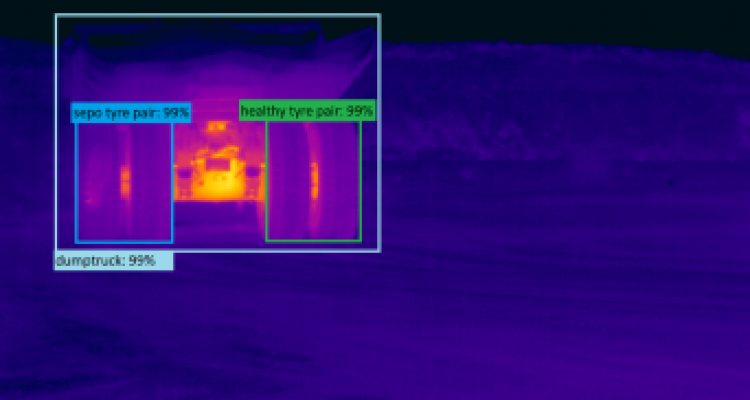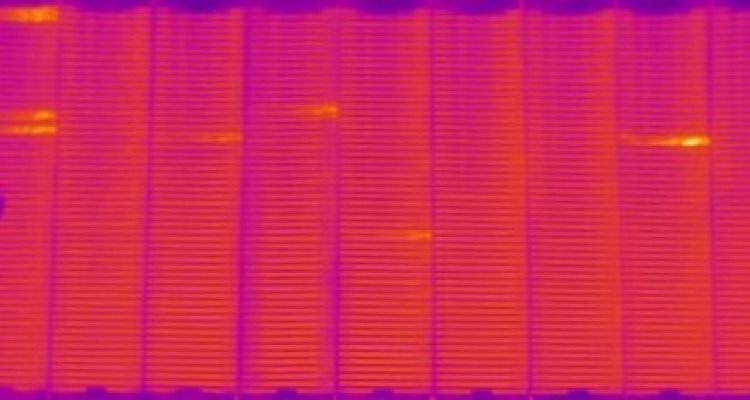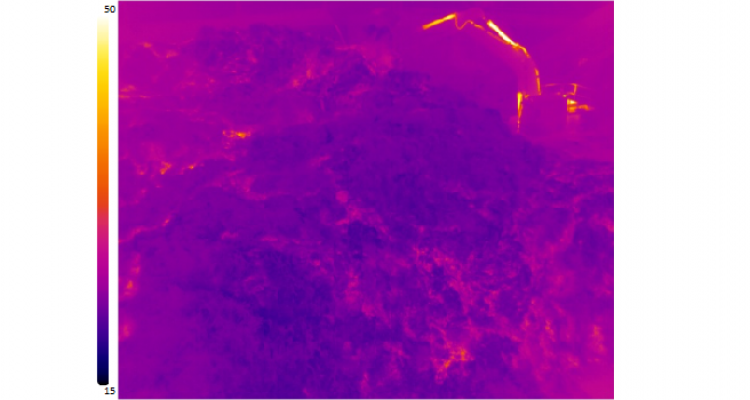Gas Flare Monitoring

Flare stacks are used in many industries to burn off unwanted waste gas byproducts, or flammable gases released by pressure relief valves during unplanned over-pressuring of plant equipment. Applications include oil and gas well drilling operations, oil refineries, chemical process plants, gas distribution infrastructure, and landfills. In many cases, federal or state EPA regulations require the monitoring of a stack’s flame, or the pilot flame that ignites the gases, to avoid having unburned hydrocarbons enter the atmosphere. IR video cameras are an ideal monitoring tool, since they allow automated remote monitoring on a 24/7 basis in virtually any weather. In addition, IR cameras avoid many of the technical and cost-related problems associated with other technologies such as ultraviolet (UV) flame detectors, flame ionization spectrometers, thermocouples, and pyrometers.
FLIR IR Camera Solution
Flare systems are often a last line of defense that prevents dangerous hydrocarbon pollutants from entering the atmosphere. One example is methane, which is not only combustible, but is also 23 times more potent than CO2 as a greenhouse gas. A plant manager needs to know immediately if flare stack combustion is lost, and get the flame reignited quickly to prevent a plant shutdown.

Various technologies have been tried for monitoring the pilot flame that ignites gas flow and detects the stack flame, with varying degrees of success. Many of these technologies are useless or poor at monitoring smoke from stake combustion, an important indicator of burn efficiency. One of the problems is that flare gas flows can range from low volumes during fuel gas purges in normal operations, to very large flows during emergency relief valve dumps or during total plant blowdowns. The size and brightness of the resulting stack flame, and the amount of smoke generated, depends on how much flammable material is released. Assist gases such as air or steam may be injected into the gas flow to improve combustion and help minimize smoke.
FLIR IR cameras recognize the difference in the heat signature of a flare stack flame and the surrounding background (usually, the sky or clouds). In addition to detecting stack flame, these cameras can be positioned to monitor the igniter flame. Typically, cameras are mounted on a pedestal or other rigid structure in moisture resistant housings to protect them from harsh weather conditions. The camera’s spectral response and calibration allows it to see through moisture in the air to obtain a good image and relative temperature reading of the flare stack or pilot flame.
The images obtained with FLIR IR cameras allow an observer to detect stack flame that might not be visible to the naked eye because of its composition or low gas flow volume. This overcomes problems associated with UV flame detectors, which can be blinded by smoke. However, since the EPA considers excessive smoke an indication of poor combustion, IR cameras may be integrated with visual video cameras to monitor smoke. Thermographic and visual images can be transmitted in real time to a central control room as either analog or digitized data.
Automated Flare Stack Monitoring Systems
In addition to visual monitoring of stack flame and smoke, automatic control of the assist gas to waste gas ratio is possible. When this ratio is properly adjusted, it improves combustion and minimizes smoke. Upset conditions require immediate adjustment of the air or steam volume to maintain proper combustion. As a bonus, automated assist gas injection control can help avoid excessive steam consumption, and provide significant cost savings.

The FLIR A310 cameras provide several features that facilitate automatic control. As a starting point, the camera senses flame temperature and size, key elements in a control scheme. This calibrated data can be communicated via the A310 Ethernet port to a PLC or PC running IMC Flare Guard Software, using either a wireless access point, fiberoptic cable, or CAT-6 Ethernet cable. If data falls outside the user’s preset limits, the camera can send alarm signals to the control room via the data I/O port. In addition, A310 cameras can also be configured to automatically send numerical data and images via SMS or Ethernet to a PC via e-mail (SMTP) or FTP protocol whenever a data setpoint is reached, thereby creating a record for subsequent review.
For example, IMC, a system integrator in Australia specialises in vision systems Utilising the Flir A Series of cameras for flare stack applications. Its solution, Flare Guard, integrates a visual and A310 camera systems with real-time control and analysis software. This system monitors flare stack and pilot flames to meet plant safety and environmental requirements. In addition, the system detects black smoke, and provides alarm functions through its web-based connectivity to a customer’s intranet.
Contact IMC for consultation on your flare stack monitoring application, and our recommendations for a FLIR camera system and software.
Download full project information: Flare_Stack_WhitePaper.pdf


